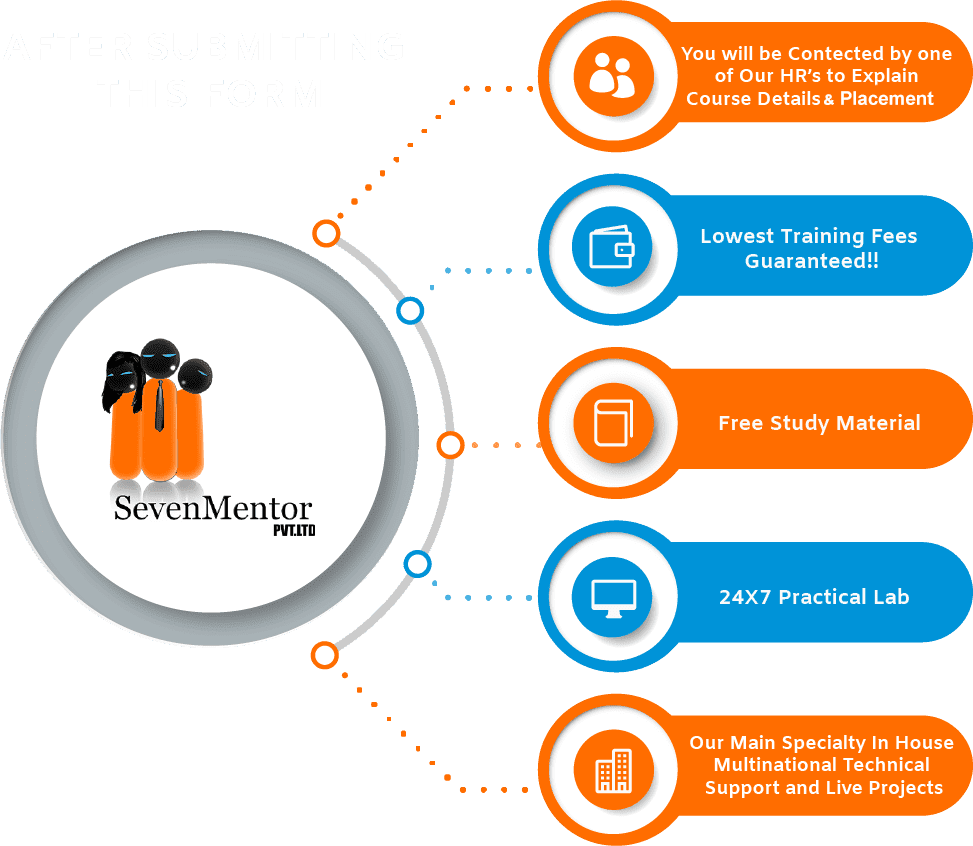Science and Research: A Comparison with AAK Tele Science
Science and research are the cornerstones of progress in human civilization, driving innovation, discovery, and understanding of the natural and artificial worlds. From ancient observations of celestial bodies to cutting-edge technologies like artificial intelligence, the systematic pursuit of knowledge has transformed how we live, communicate, and interact with our environment. This article delves into the essence of science and research, comparing traditional methodologies with the emerging paradigm of AAK Tele Science, a relatively modern approach that integrates advanced telecommunications and data-sharing technologies to enhance collaborative scientific endeavors.
The Foundation of Science and Research
Science, at its core, is the pursuit of understanding the natural world through observation, experimentation, and theoretical modeling. The scientific method is its guiding principle, relying on hypotheses, systematic experiments, and evidence-based conclusions. Research, whether in the natural sciences, social sciences, or applied fields, serves as the operational framework for science, enabling systematic exploration to expand knowledge.
Traditional science and research are rooted in localized experiments, manual data collection, and analysis. Although this approach has yielded transformative discoveries like the laws of physics, the structure of DNA, and the development of vaccines, it often encounters challenges such as limited accessibility, resource constraints, and geographic isolation.
The Evolution of Modern Scientific Practices
The 21st century has witnessed a technological revolution, reshaping scientific practices with the integration of tools like high-throughput computing, big data analytics, and AI-driven algorithms. These advancements have significantly accelerated discovery timelines, allowing researchers to analyze massive datasets, predict complex phenomena, and simulate experiments that were previously impractical.
Collaboration has also become a focal point of modern research. Large-scale projects, such as the Human Genome Project and the Large Hadron Collider, exemplify how international collaboration and resource pooling can achieve milestones that no single entity could attain independently. However, such projects also highlight logistical complexities, including communication barriers, resource allocation, and the synchronization of efforts across various disciplines and regions.
The Emergence of AAK Tele Science
AAK Tele Science represents a paradigm shift in how science and research are conducted, emphasizing remote collaboration, real-time data sharing, and the integration of telecommunication technologies. By leveraging advancements in the internet, cloud computing, and satellite technology, AAK Tele Science offers solutions to many of the challenges faced by traditional methodologies.
Core Features of AAK Tele Science:
- Remote Access and Collaboration: Researchers can remotely access laboratory equipment, conduct experiments, and collaborate with peers worldwide without needing physical presence.
- Real-Time Data Sharing: Data collected in one location can be instantly shared with collaborators across the globe, enabling rapid analysis and joint decision-making.
- Interdisciplinary Integration: By facilitating connections between experts from diverse fields, AAK Tele Science encourages a holistic approach to problem-solving.
- Cost and Time Efficiency: Remote capabilities reduce travel expenses and operational costs while increasing productivity through asynchronous collaboration.
For example, during the COVID-19 pandemic, AAK Tele Science proved invaluable in enabling researchers to collaborate on vaccine development, share epidemiological data, and coordinate global responses despite physical restrictions.
Comparing Traditional Science and AAK Tele Science
| Aspect | Traditional Science | AAK Tele Science |
|---|---|---|
| Accessibility | Limited to local facilities and resources | Global access through telecommunications |
| Collaboration | Primarily local or regional | Global, real-time, and interdisciplinary |
| Resource Utilization | Constrained by physical location | Optimized through remote access and cloud sharing |
| Cost Efficiency | High costs for travel and infrastructure | Reduced expenses via remote capabilities |
| Speed of Discovery | Slower due to logistical delays | Accelerated through instant data sharing |
| Scalability | Challenging for large-scale, multi-disciplinary work | Seamless integration of diverse expertise |
Challenges and Ethical Considerations
While AAK Tele Science offers significant advantages, it also presents challenges that need to be addressed. One critical concern is the digital divide, as access to high-speed internet and advanced technologies remains unequal worldwide. This inequality risks excluding under-resourced regions from the global scientific community.
Data security and privacy are other pressing issues. The increased reliance on cloud computing and data sharing heightens the risk of cyberattacks and unauthorized access. Ethical considerations regarding intellectual property and data ownership must also be navigated to ensure fair use and collaboration.
Additionally, while AAK Tele Science excels in fostering collaboration, certain disciplines—particularly those requiring hands-on experiments or fieldwork—may still face limitations in adopting remote methodologies.
Future Prospects and Synergy
The future of science and research likely lies in a synergistic integration of traditional methods and AAK Tele Science. While traditional science provides a strong foundation for empirical discovery, AAK Tele Science amplifies its reach, efficiency, and impact.
Emerging technologies, such as quantum computing, advanced robotics, and machine learning, promise to further enhance the capabilities of AAK Tele Science. These tools could enable real-time simulations of complex systems, automated data collection in extreme environments, and even remote surgery for medical research.
Moreover, fostering global scientific literacy and infrastructure development will be critical in ensuring that AAK Tele Science benefits all regions equitably. Initiatives to provide affordable internet access, digital tools, and training programs can help bridge the digital divide and democratize science.
Conclusion
Science and research are dynamic fields that continuously evolve to meet the demands of an ever-changing world. Traditional approaches have laid the groundwork for incredible advancements, but the advent of AAK Tele Science signals a new era of efficiency, collaboration, and accessibility.
By embracing the strengths of both paradigms, humanity can unlock unprecedented opportunities to address pressing global challenges, from climate change to healthcare inequities. The integration of traditional and telecommunication-driven methodologies will undoubtedly shape the future of discovery, fostering a more interconnected and innovative scientific community.
